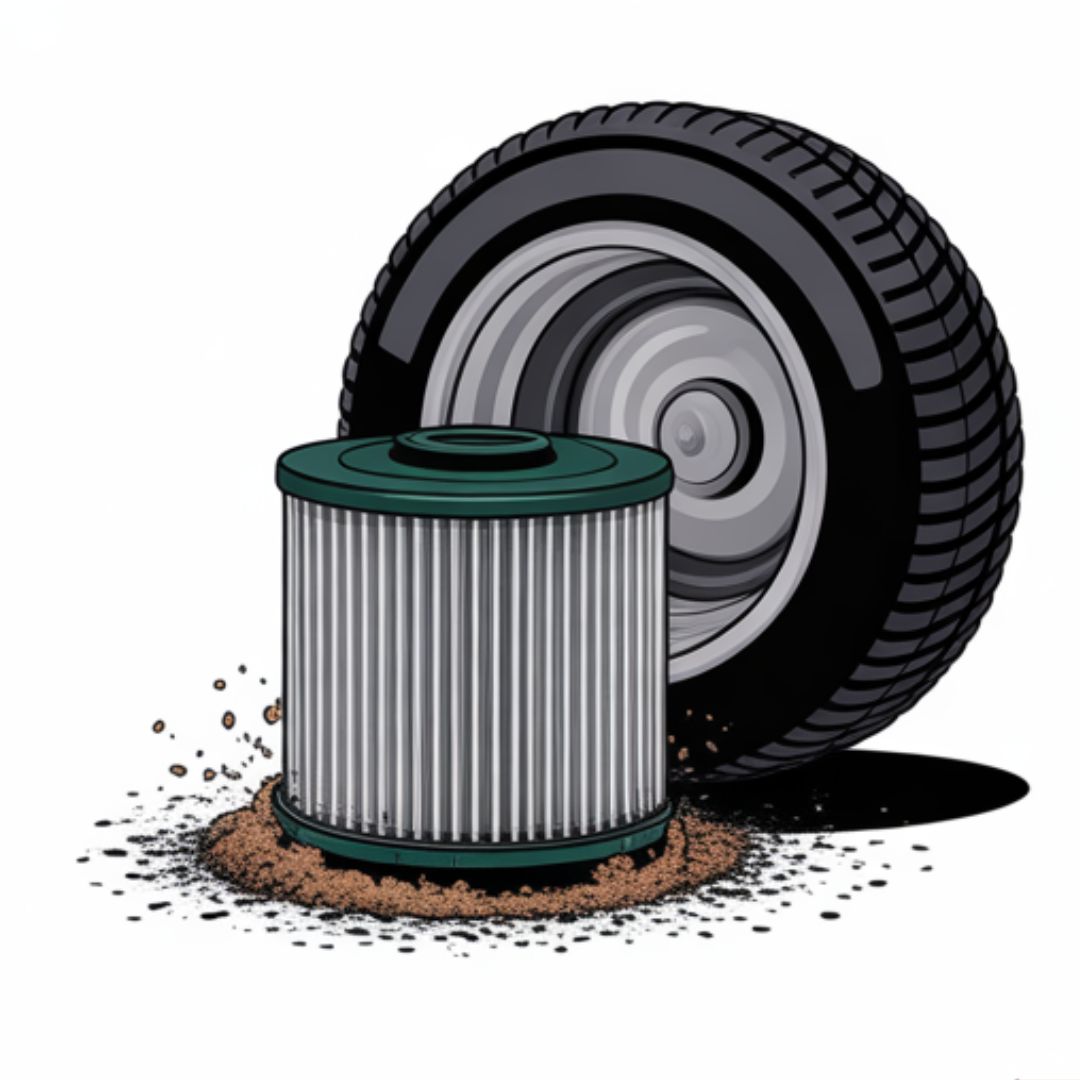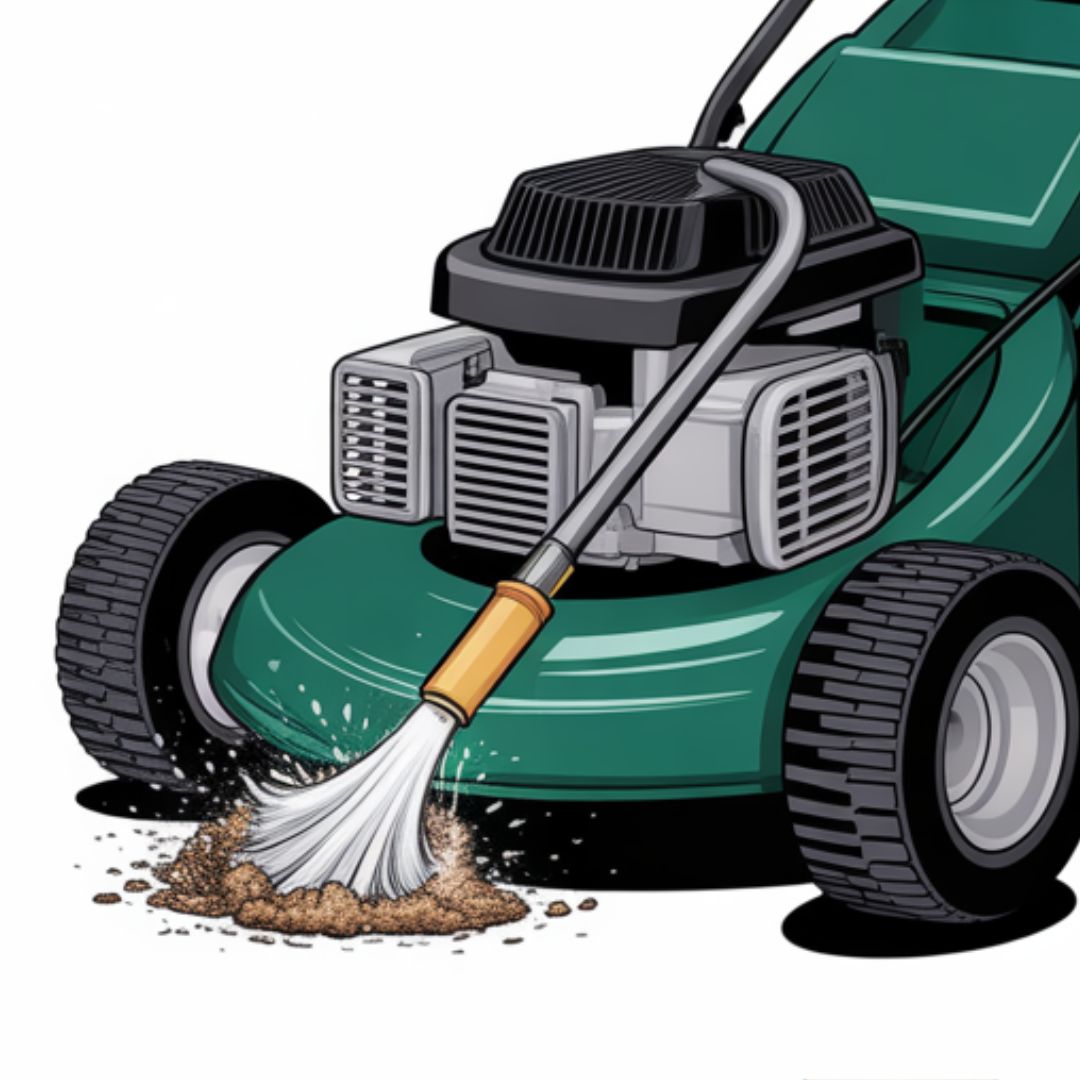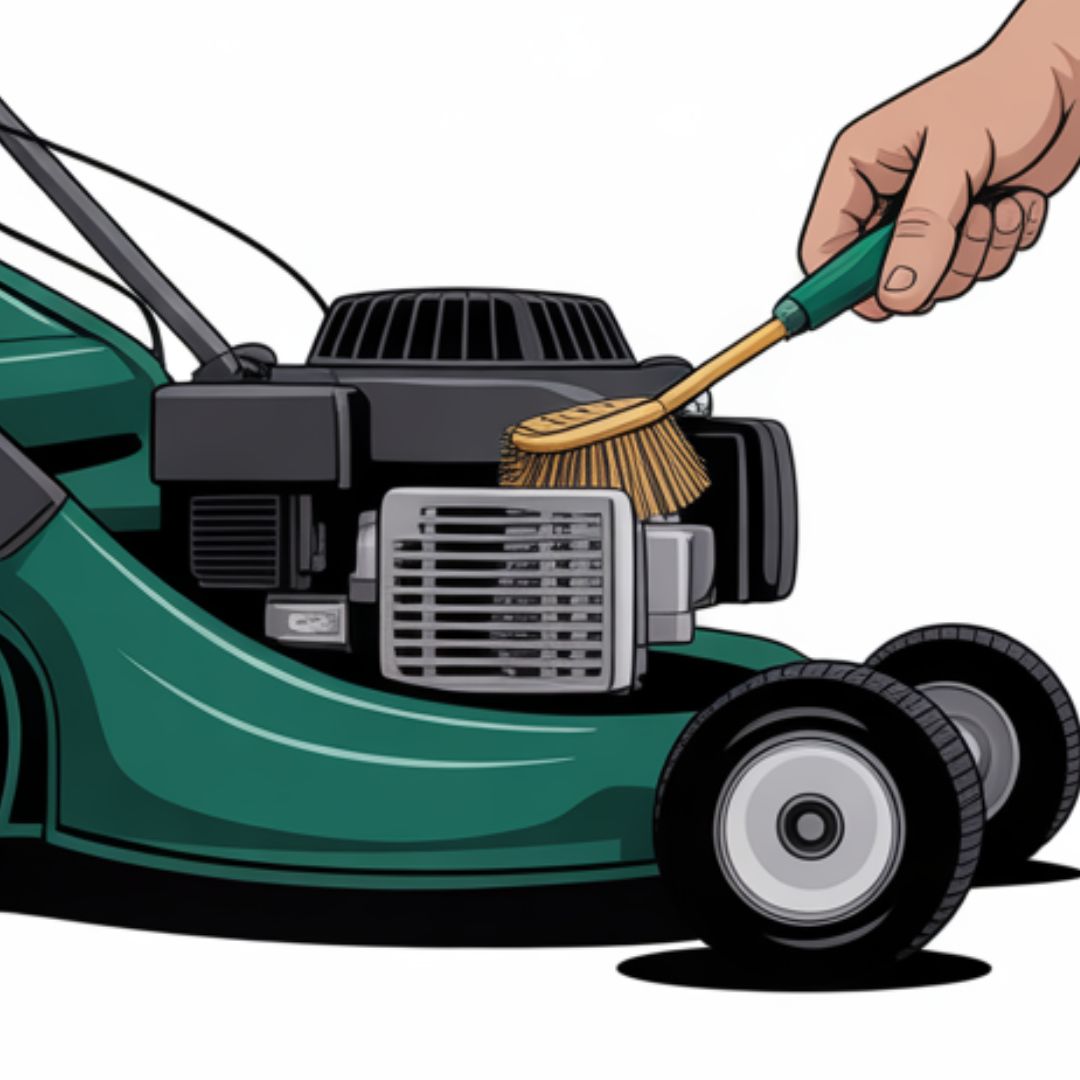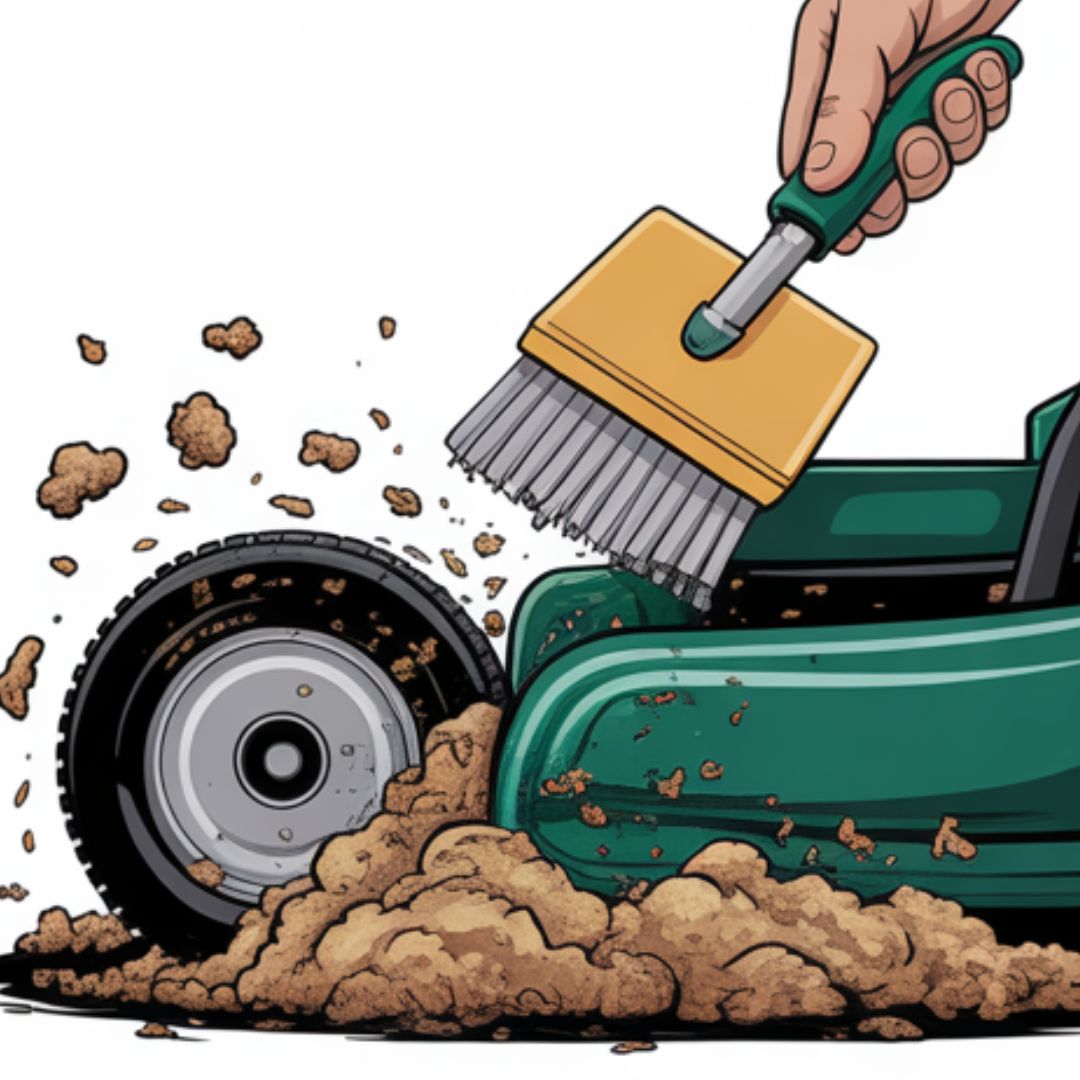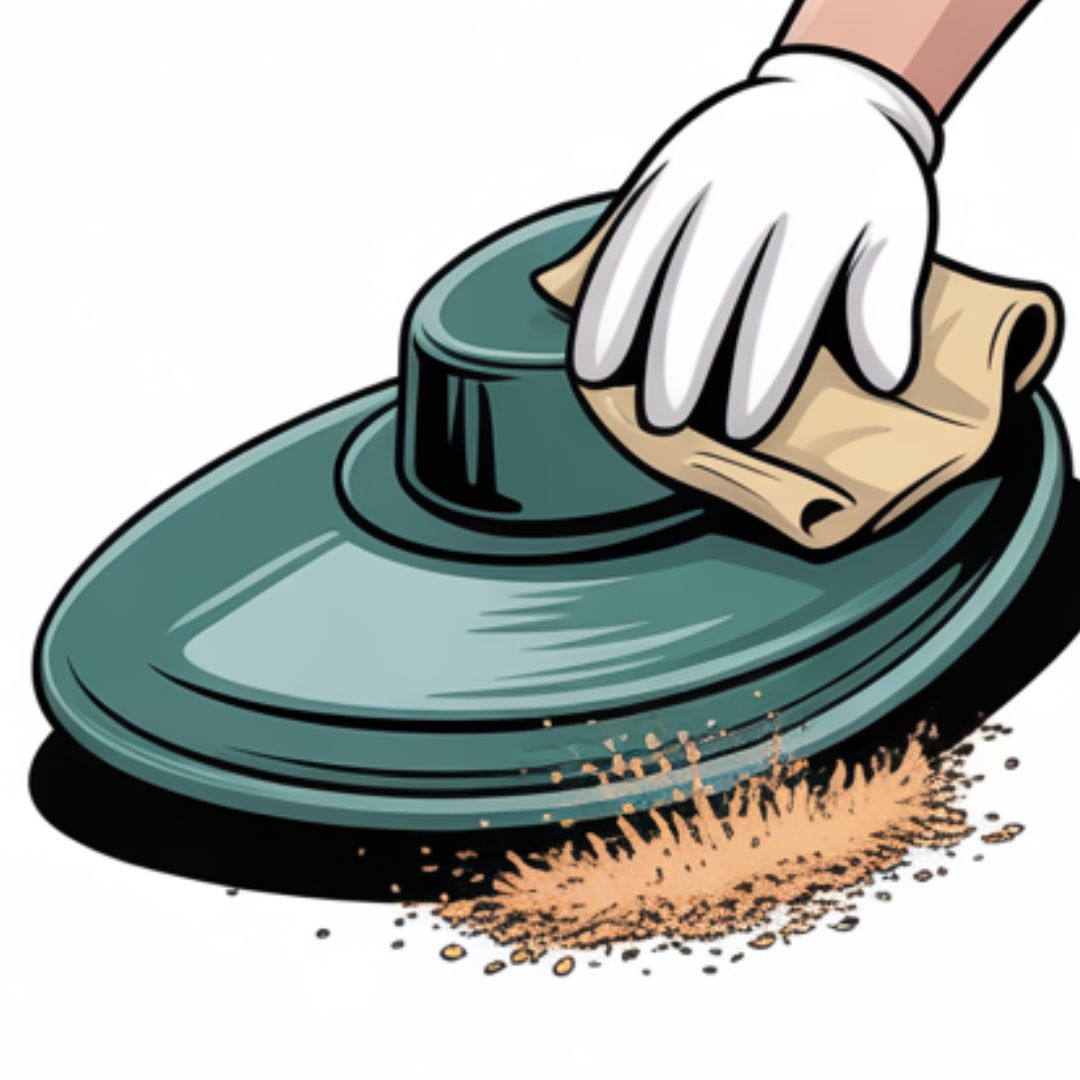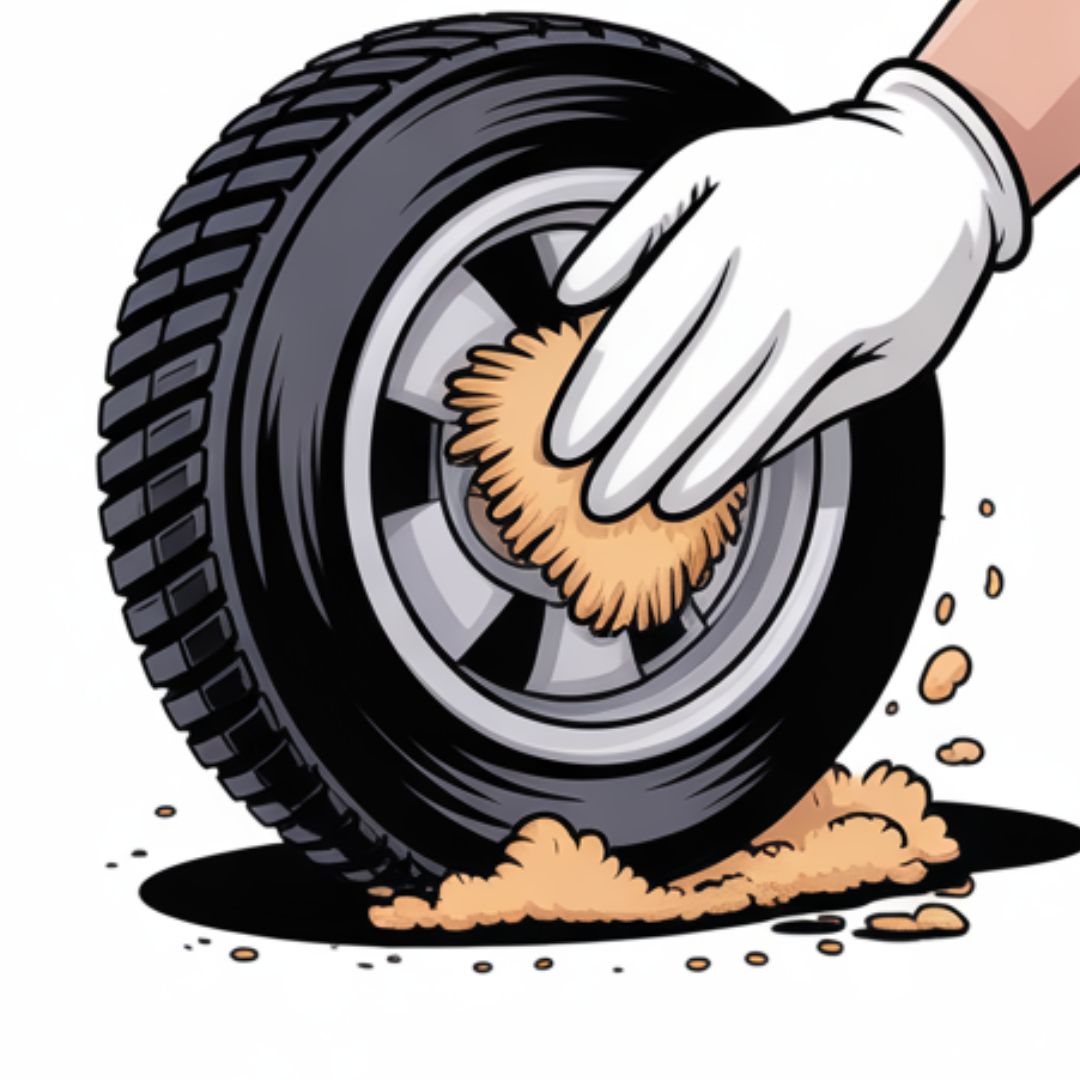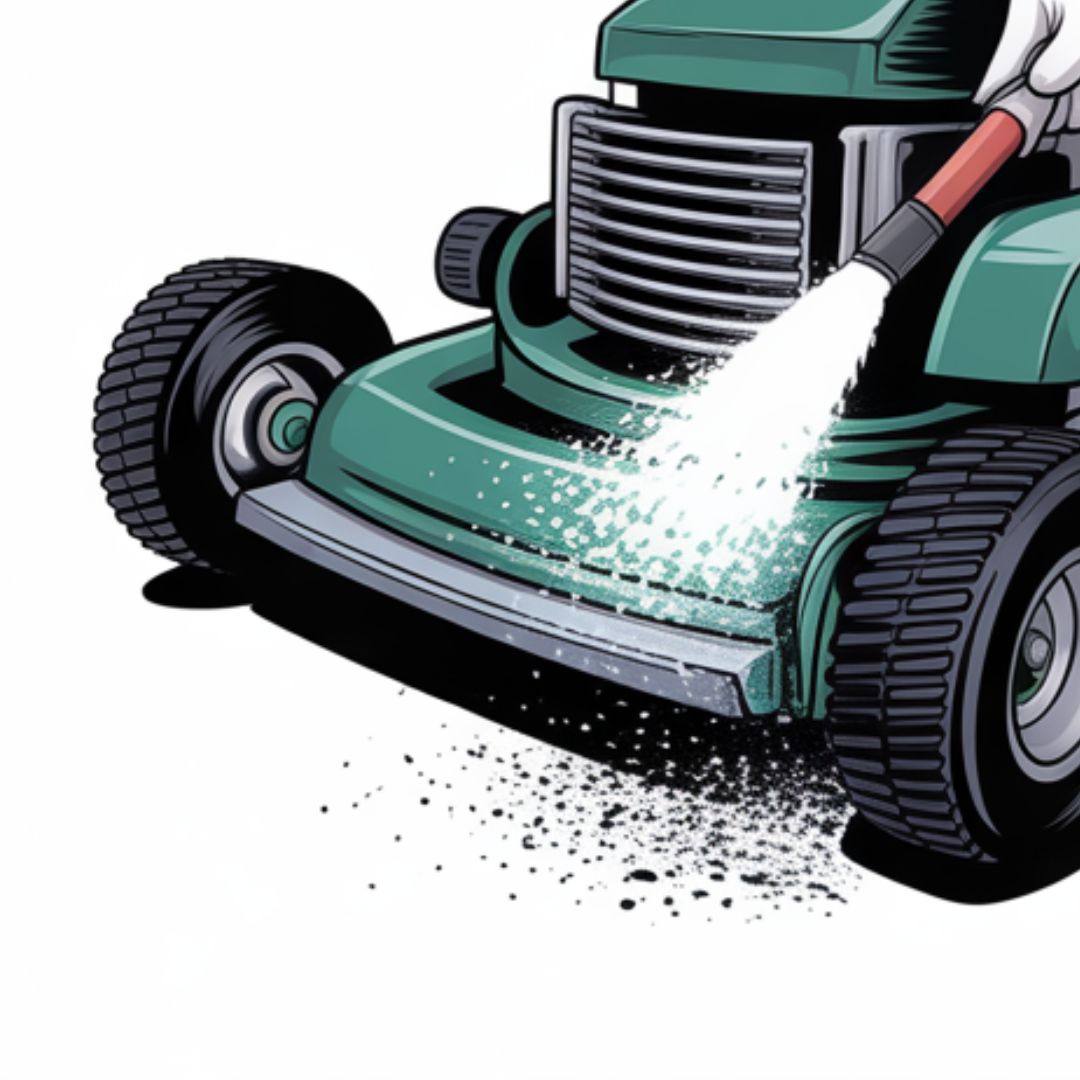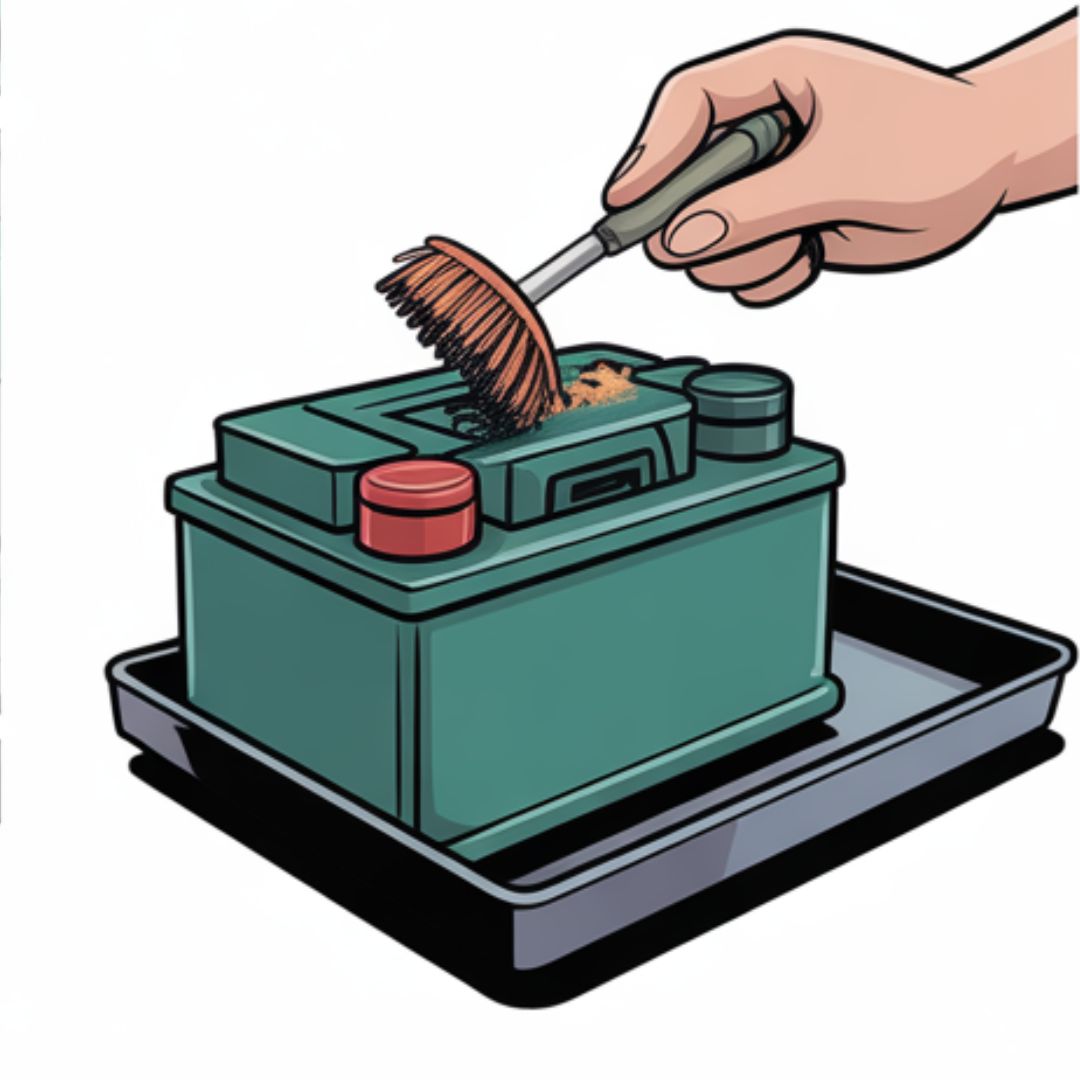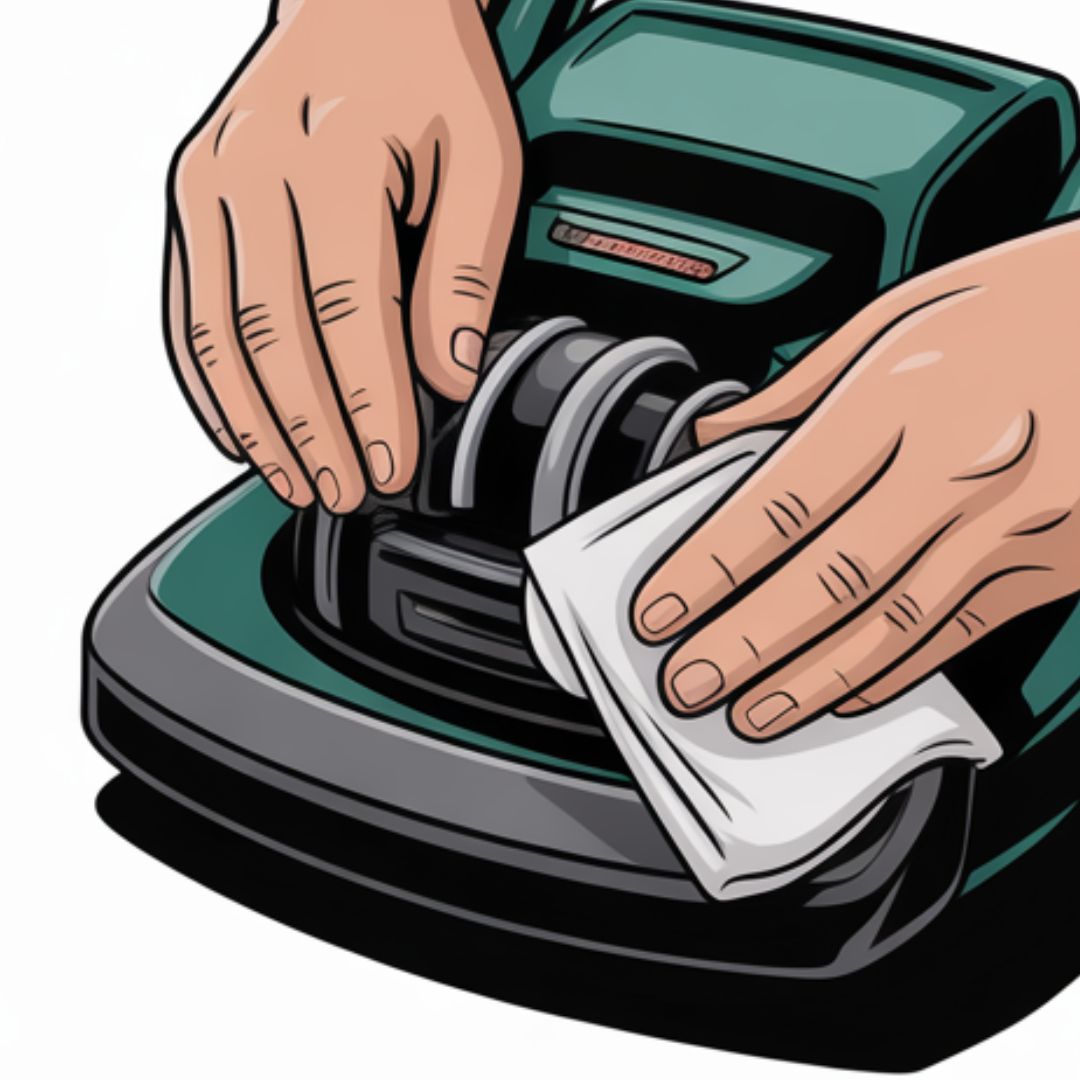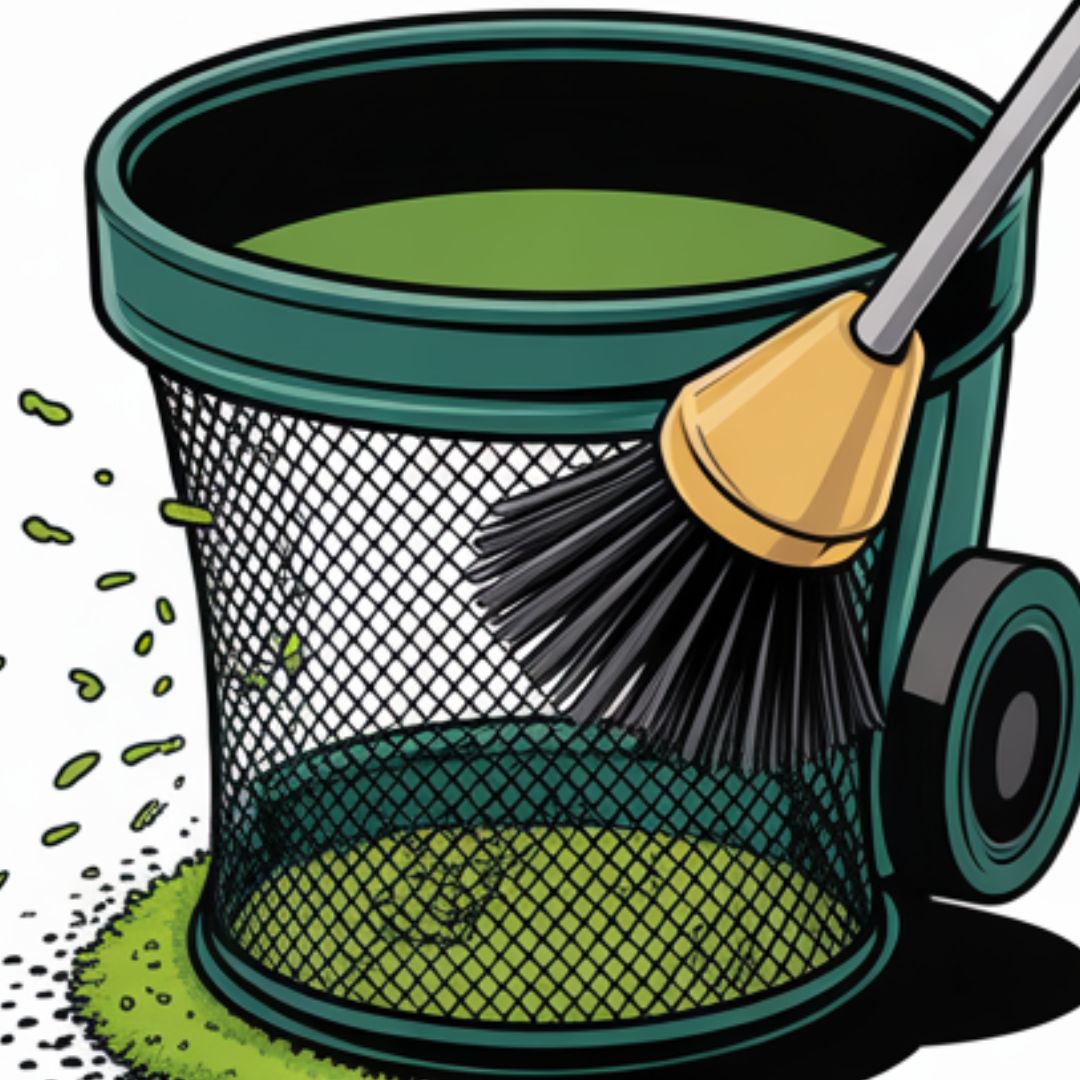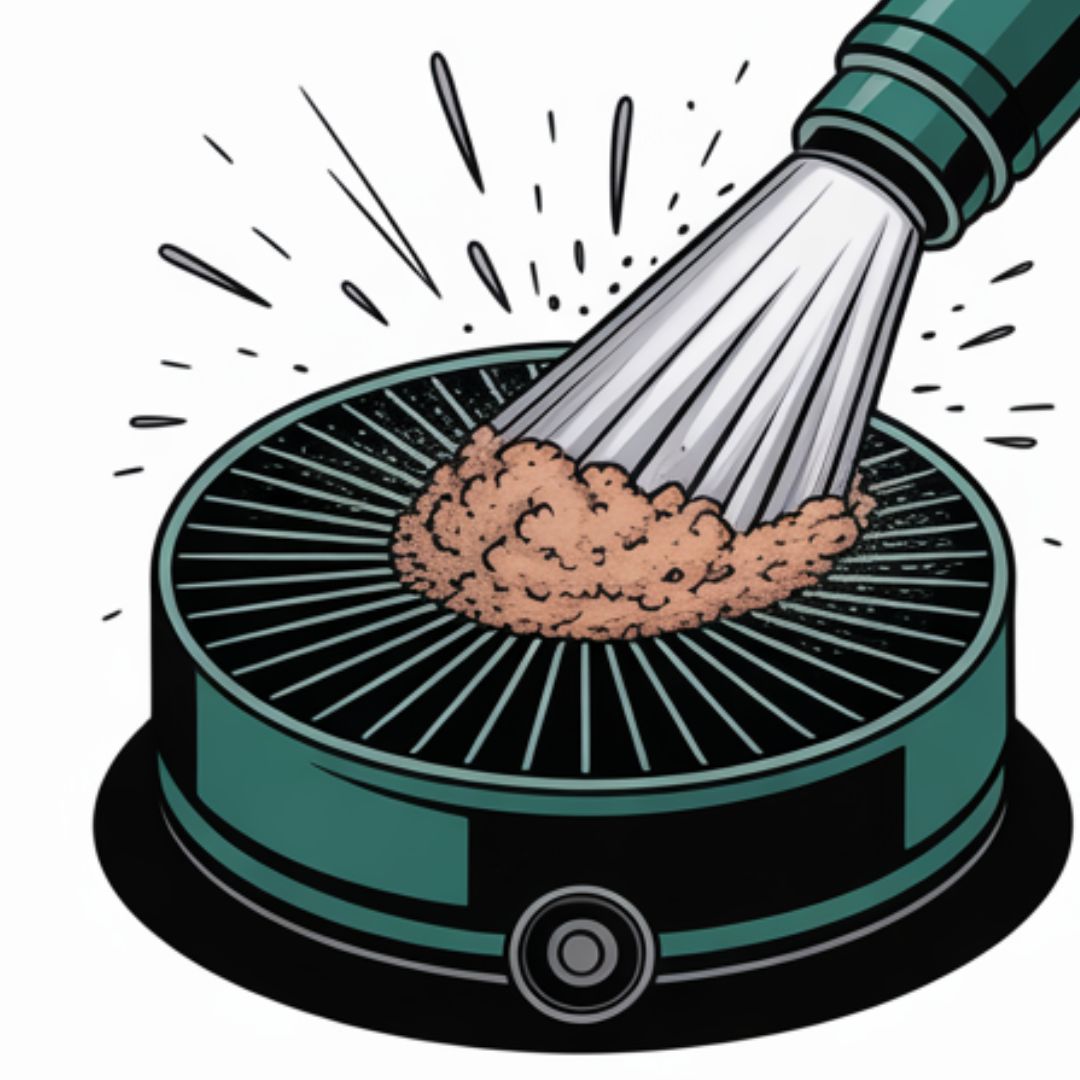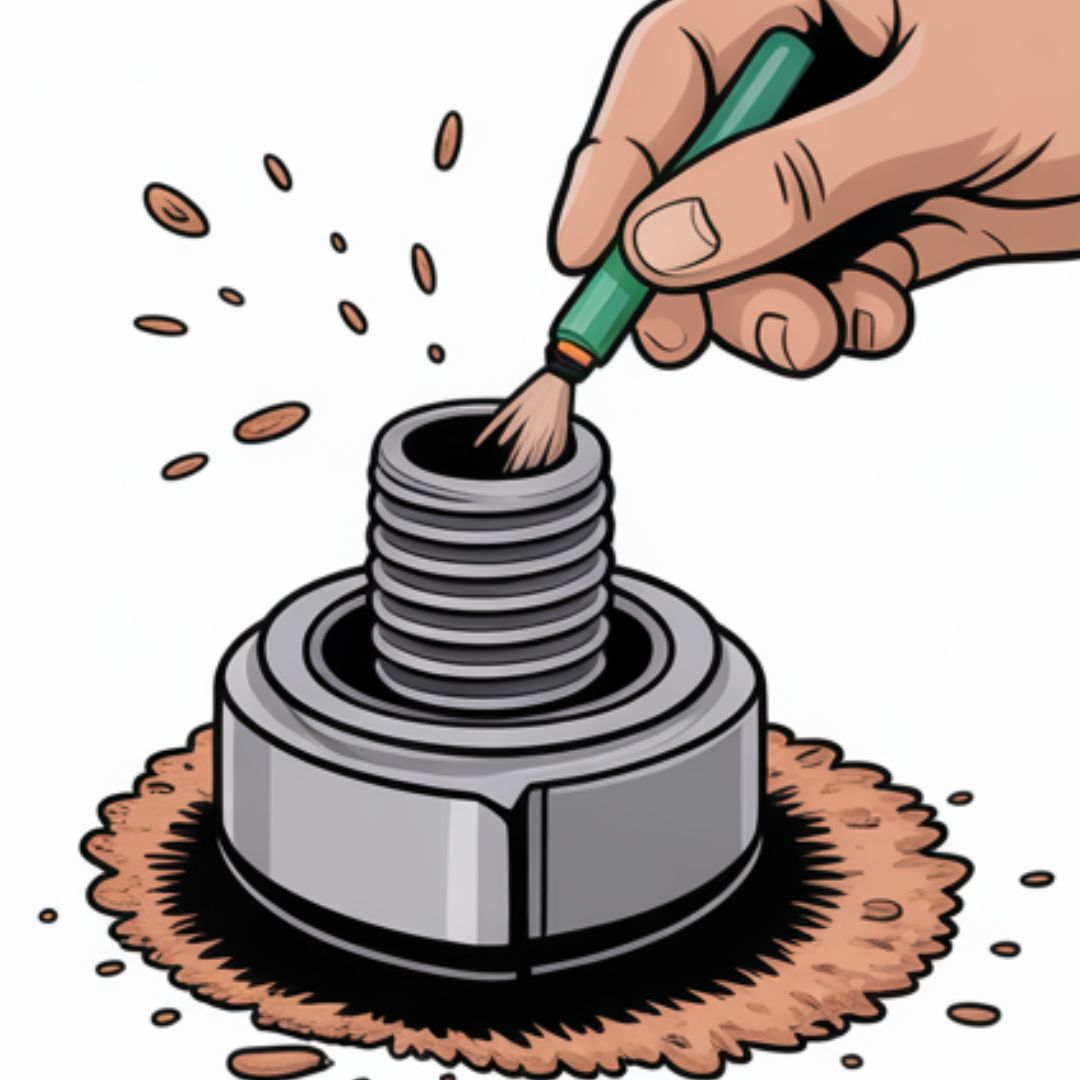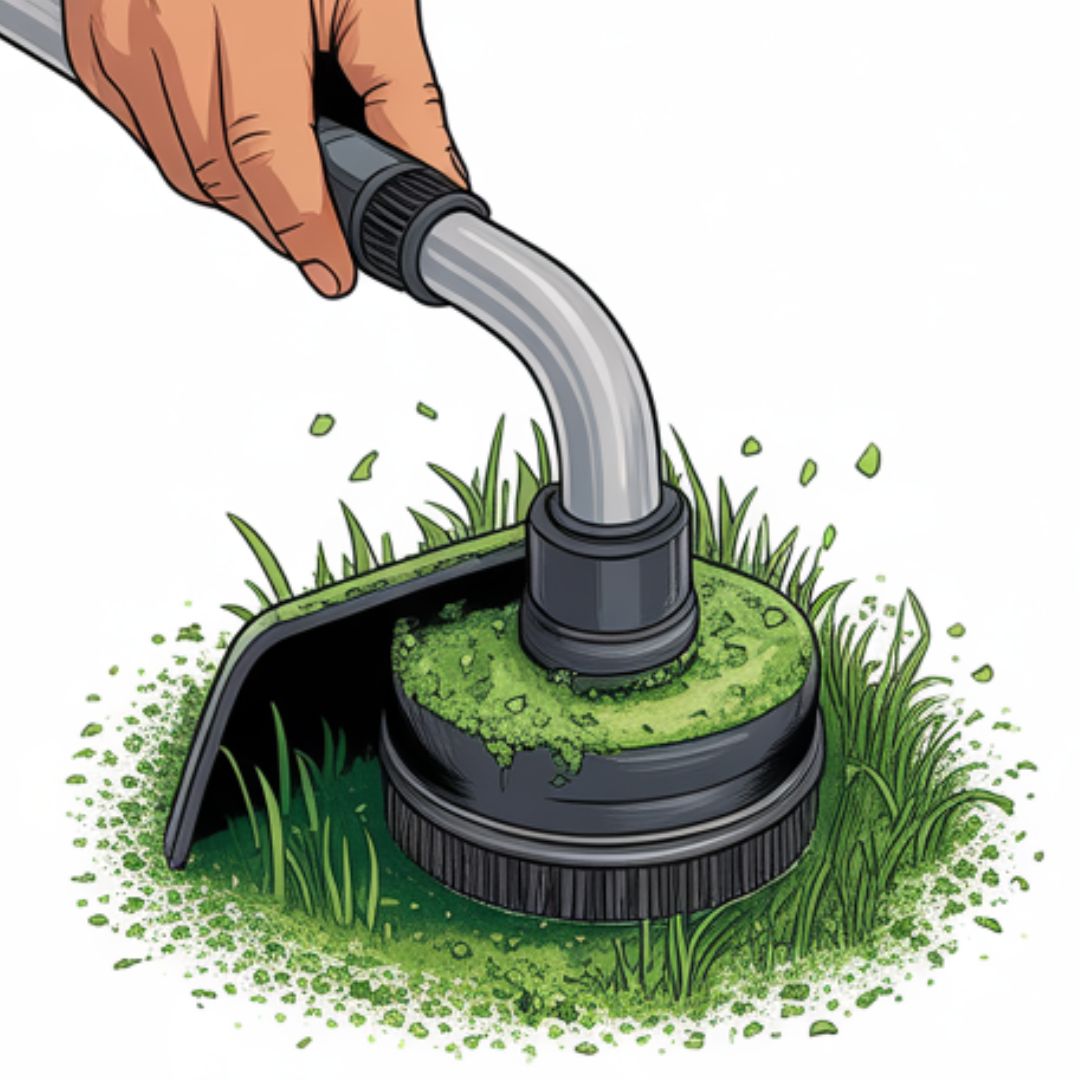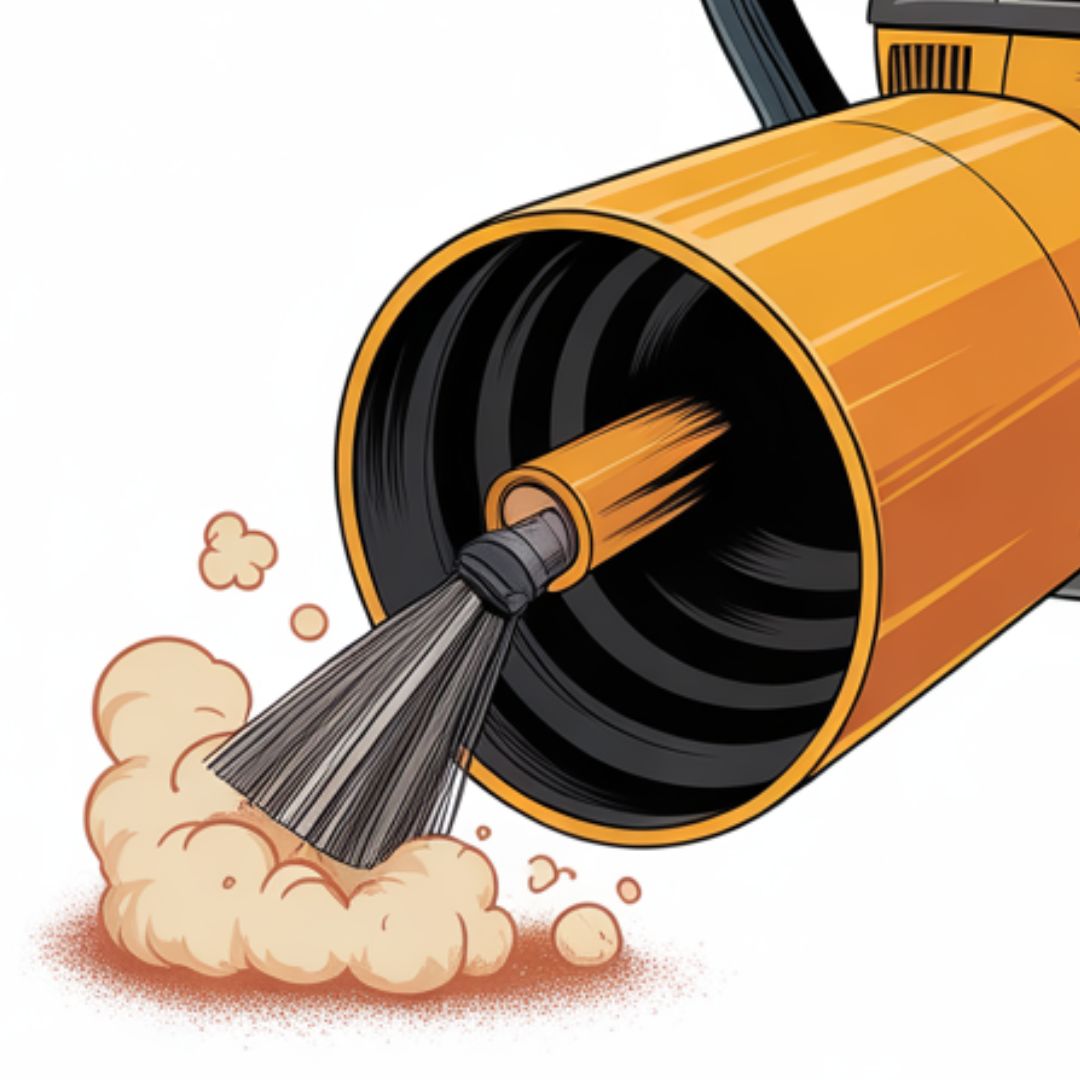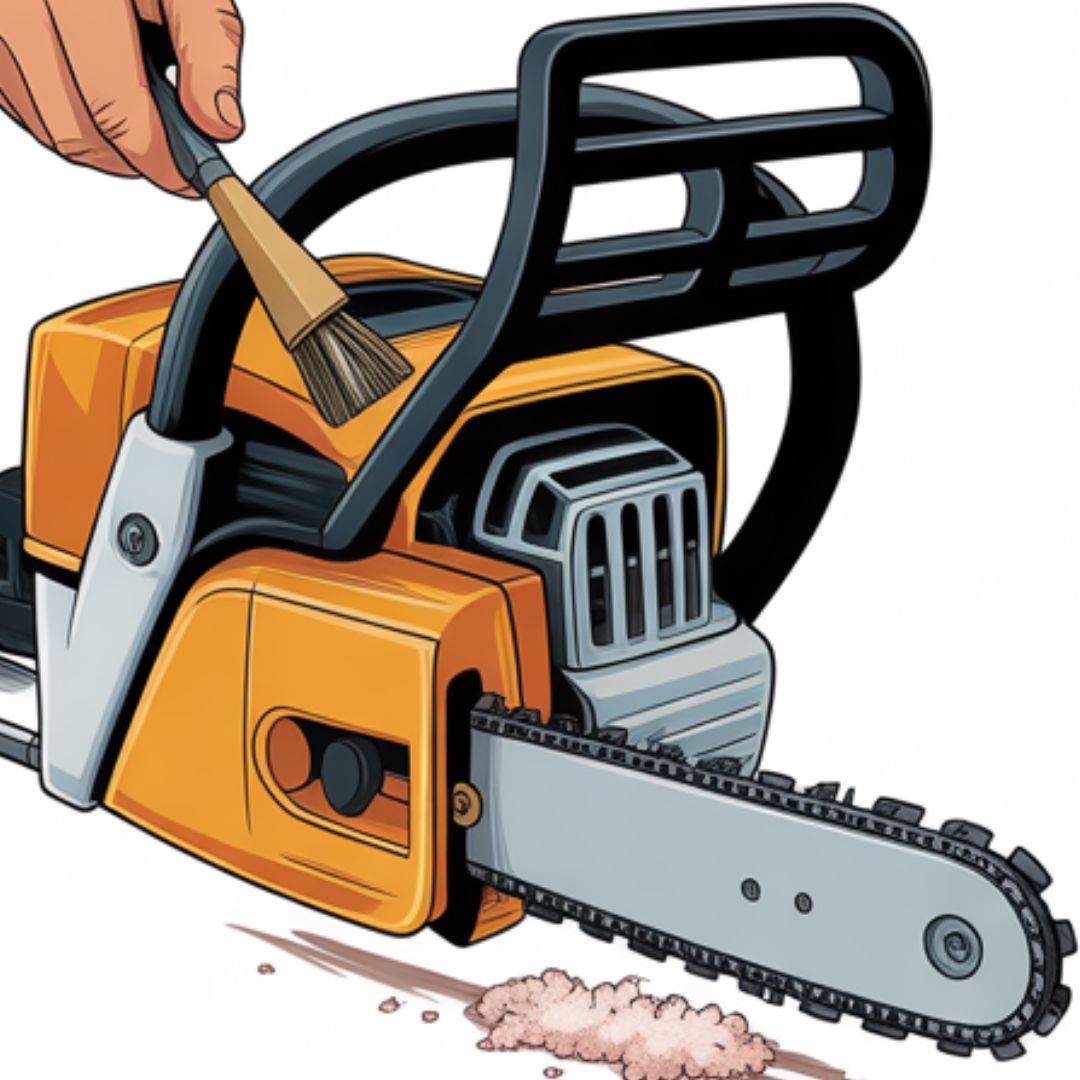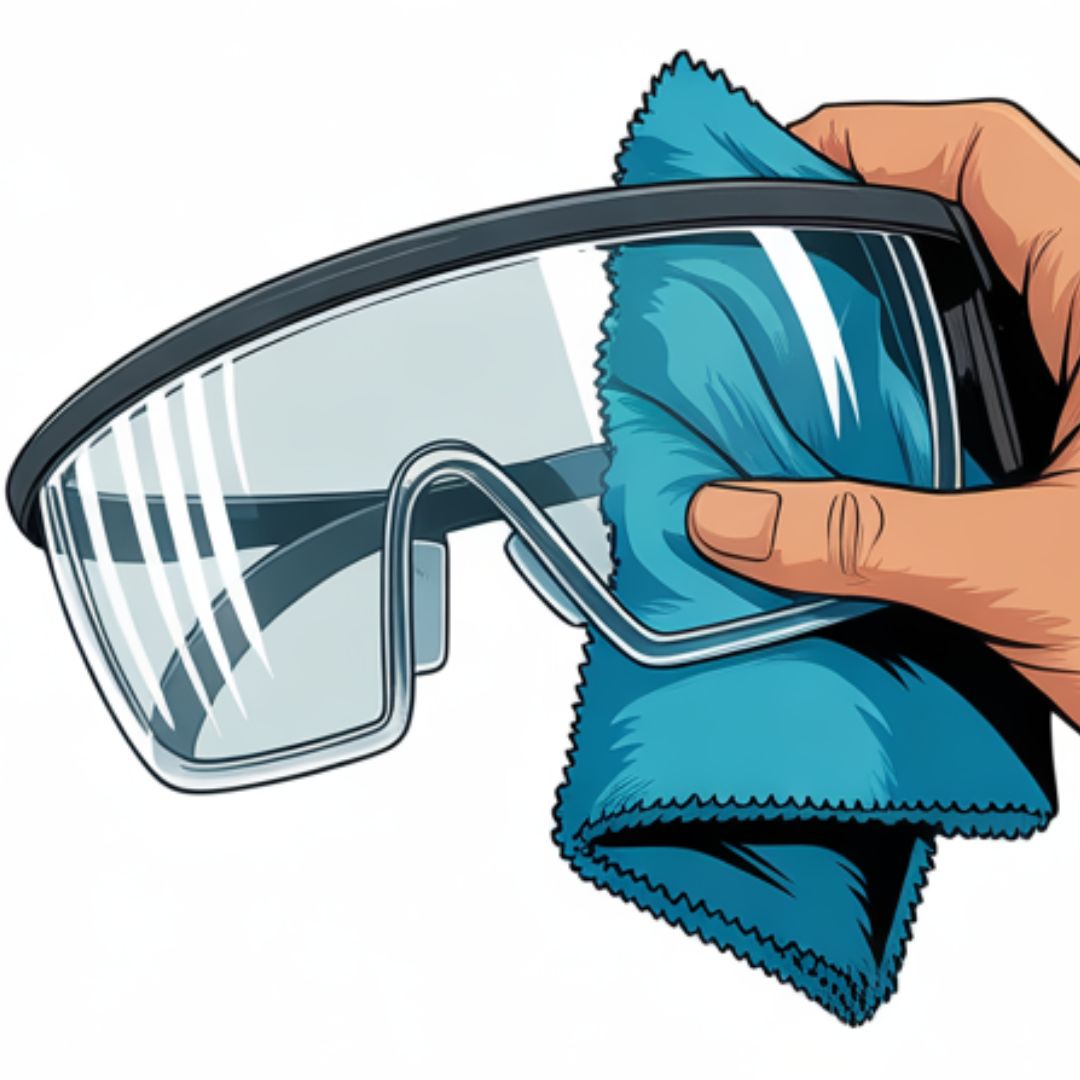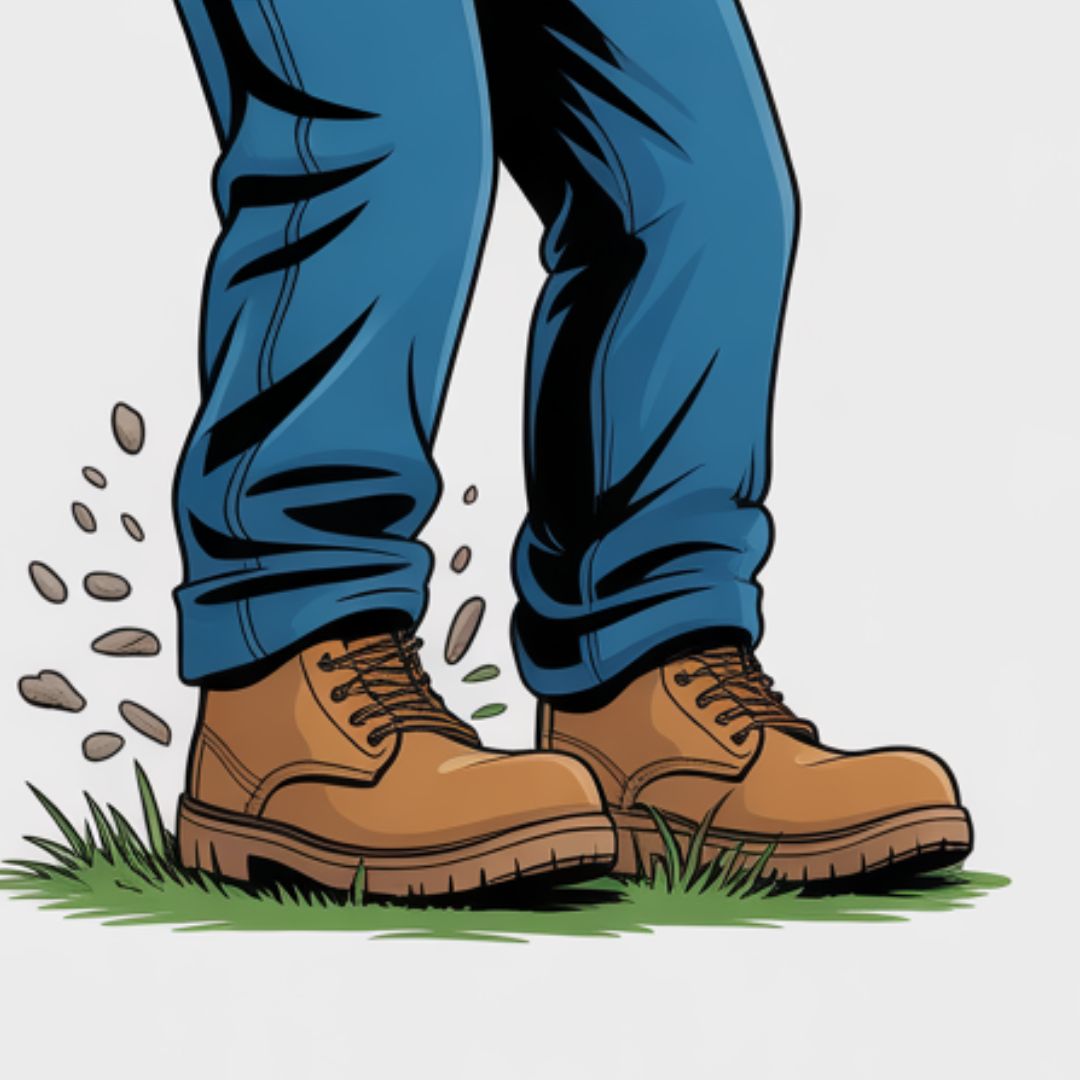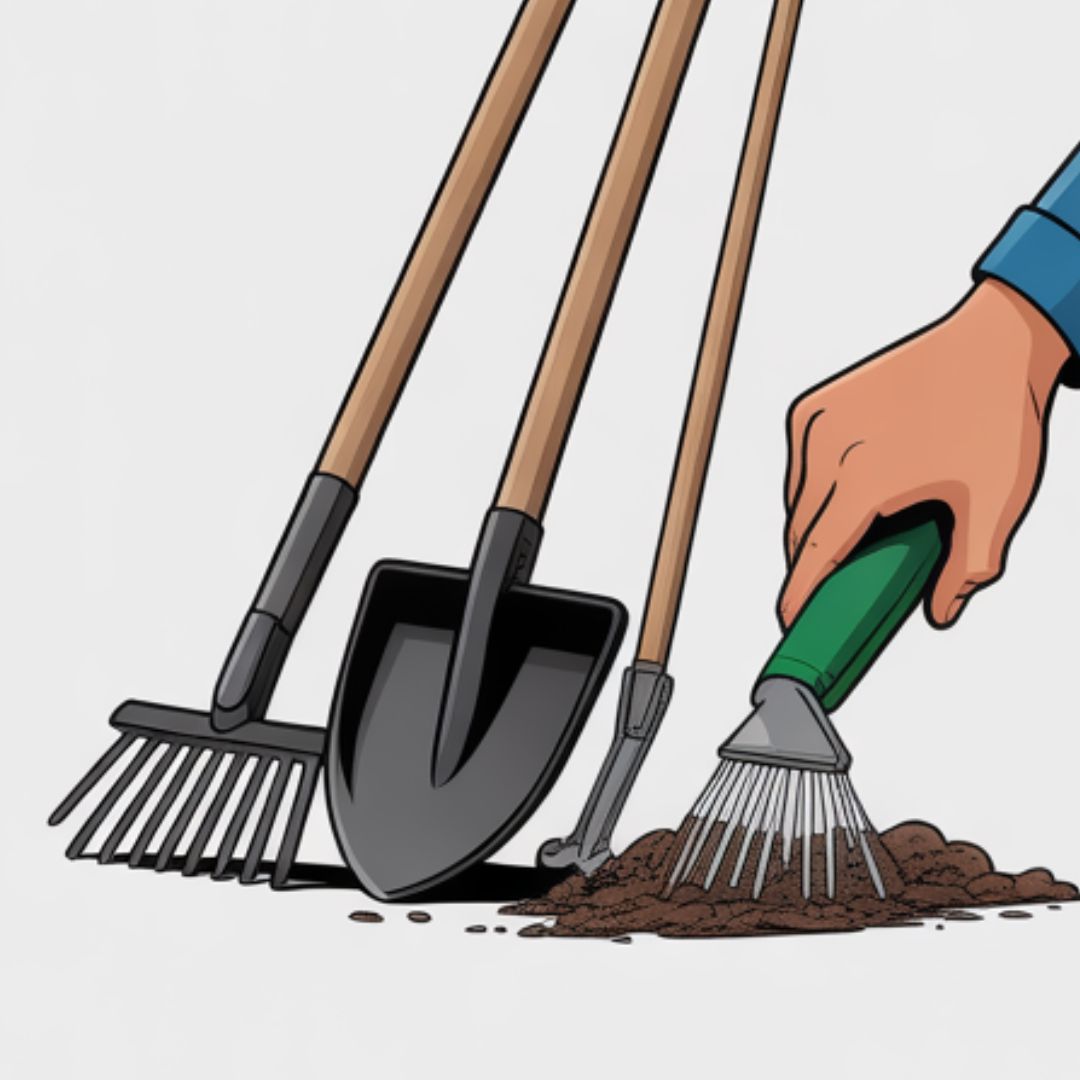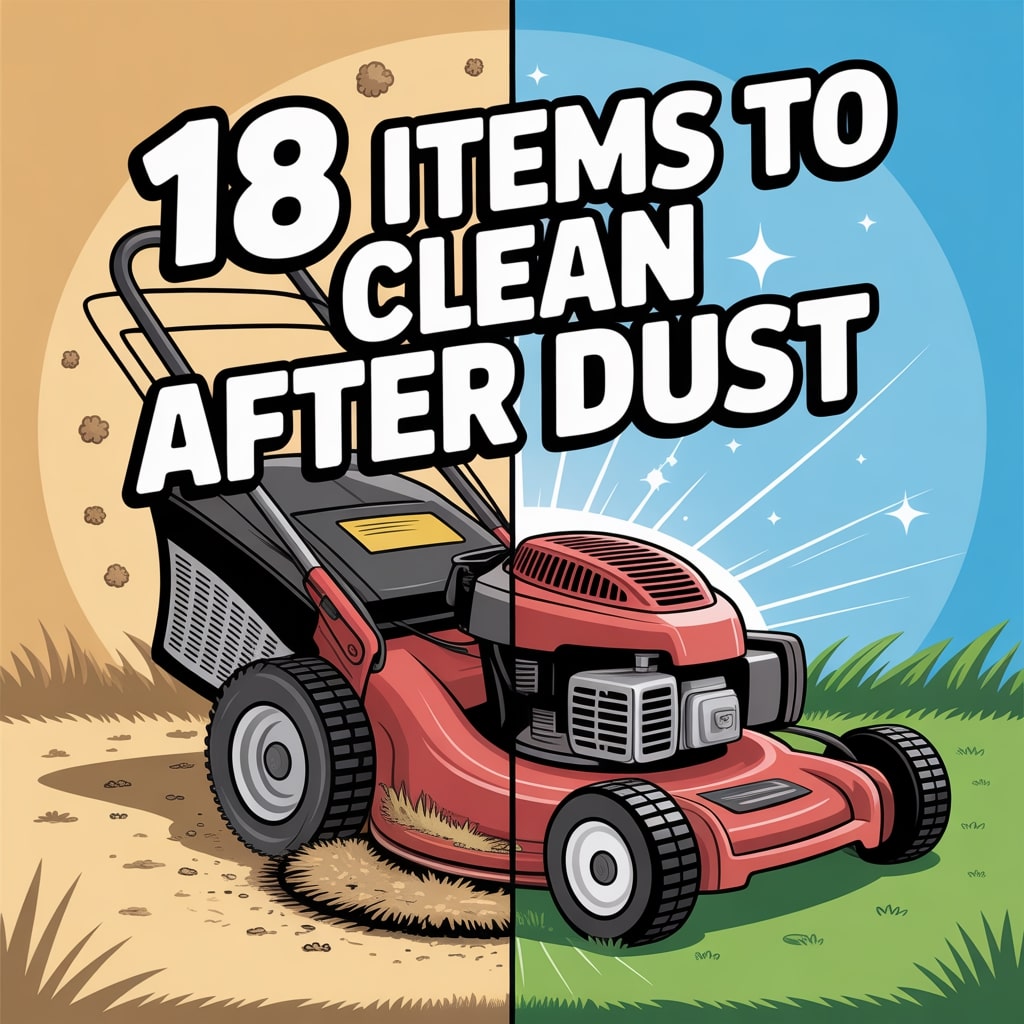
Let me tell you something a lot of folks don’t realize: a dusty yard job doesn’t just leave you covered in dirt — it coats your mower, trimmer, blower… pretty much everything that has an engine or spins fast enough to create a dust tornado.
And if you don’t clean the right things afterward, that dust turns into bigger problems real quick. I’ve seen a mower start fine in the driveway, only to choke halfway through the yard because the air filter was packed tighter than a brownie.
I’ve also seen belts squeal like a stuck pig because dust pasted itself all over the pulleys.
So yeah, after a dusty day, there are 18 things to clean after lawn work whether you like it or not. We’ll 18 tips on how to clean a lawn mower dust from every part…
Skipping these just guarantees headaches later — overheating engines, clogged cooling fins, dull blades, weak blowers, you name it. Quick reminder: dust and grit don’t care how “new” your equipment is. They’ll kill a fresh machine just as fast as an old one.
Before we dive into the full list, here are quick fast-checks that save equipment every single day:
Quick trick: Tap your air filter on your tire. If a mini dust cloud comes out, it was choking your engine.
Easy win: Blow out your cooling fins. Most folks forget after dusty jobs — then wonder why their mower runs hot.
Fast check: Run your finger across your engine screen. If it comes back brown, clean it.
Most people miss this: Dust on belt pulleys ruins belts faster than anything — clean them often.
Alright, let’s get into what actually matters — and why cleaning your gear after a dusty job keeps you from buying new equipment way sooner than you want.
And once you get through this first part, the full checklist is waiting right below, so you’re set for every dusty day your yard throws at you.
Why Cleaning After Dusty Jobs Actually Matters
(More Than Most Folks Think)
A dirty yard job doesn’t seem like a big deal until your mower starts acting like it’s been smoking unfiltered cigarettes for 40 years. Dust is sneaky. It gets into everything — the air filter, the carburetor intake, the cooling fins, the engine screen, the bagger, the controls, your boots, your gloves… all of it. And once that dust settles in, it starts messing with performance fast.
Here’s the real problem:
dust blocks airflow. When airflow drops, engines run hotter. Hot engines burn oil faster, lose power, and eventually shut off. I’ve seen a lawn mower go from running strong to coughing itself to death in one afternoon because nobody cleaned the cooling fins after hitting a dry patch of soil. And don’t even get me started on dust buildup inside blower housings — that’s how you lose half your power without even realizing why.
A few real-life things that happen all the time:
• You mow near a gravel driveway and the air filter turns brown instantly.
• You edge along a dry sidewalk and your string trimmer head gets packed with dirt and dead weeds.
• You run your leaf blower and it inhales the dust cloud it just created.
• Your rider’s battery terminals get coated with fine dirt, and next week the mower refuses to start.
• Dust collects around the spark plug area, and suddenly the mower feels like it lost half its energy.
And yeah, that fine powdery dust you see floating around? That’s murder on carburetor intakes, and if you don’t clean it, your mower will start bogging down like it’s dragging a trailer.
Here’s how dust hits your equipment hardest:
| Dusty Area | What Usually Happens | Why It Matters |
|---|---|---|
| Cooling fins | Engine overheats | Dust blocks airflow |
| Belts & pulleys | Squealing, slipping | Dust acts like grinding paste |
| Blades | Dull faster | Sand = free sandpaper |
| Air filter | Bogging, weak power | Choked engine |
| Engine screen | Hot running engine | Reduced air intake |
| Bagger screen | Grass clumps everywhere | Blocked airflow |
A few more quick homeowner-style reminders:
Fast fix: A leaf blower is basically a cleaning tool. Blow off your mower before putting it away.
Quick check: If it smells like burning rubber… yeah, that’s not normal. Dust on belts causes that.
Easiest fix: Knock loose dirt off the top of the deck. It collects there more than folks realize.
Don’t overthink it: A cheap paintbrush is perfect for cooling fins and carb cleaning. Simple and effective.
Point is: dust cuts equipment life in half if you ignore it. Clean a few things right after the job, and your equipment will run smoother, start easier, and won’t sound like it’s begging for mercy next time.
And now that you know why cleaning matters, let’s roll straight into the part everyone actually needs, the 18 things to clean after every dusty yard job, no fancy tools required.
18-Item to Clean a Lawn Mower After Dusty Jobs
(Everything You Should Hit Every Time)
Alright, now that we’ve talked about why dust wrecks your equipment, here’s the part nobody can skip — the actual 18 things to clean after lawn work. This is the same checklist I run through after every dusty yard job, whether I’m mowing, trimming, edging, or blowing a quarter-acre of dry dirt off a driveway. Do these and your machines will run smoother, start easier, and stop throwing tantrums mid-yard.
I’ll keep each item short so you can skim fast — Noone want essays.
